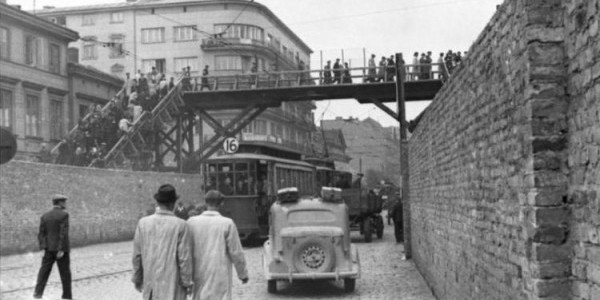"The Holocaust's Evasive i History Both Poland and Israel"
03/05/2019 | Na stronie od 03/05/2019

The two hefty volumes contain studies on provincial areas of occupied Poland and the fate of the Jews who barely escaped the deportations that condemned them to death and tried to survive thereafter, from 1942 to 1945, in Polish village society. In the introduction, the editors Barbara Engelking and Jan Grabowski, among the most important historians of the Holocaust in Poland, set forth important if partial conclusions for understanding the Shoah in that country.
The studies give an impressive picture of the initiatives by Jews to rescue one another. The Jews established mutual aid networks and passed along vital information about possibilities for hiding. The passive image that has clung to them is once again revealed as inaccurate. Moreover, the studies show that Jewish involvement in the rescue efforts increased the Poles’ responsiveness to helping the Jews.
Another conclusion of the studies is that the chance of being saved was almost entirely contingent on the society’s willingness to help a Jew. The neighbor, the acquaintance, the farmer were the narrow bridge between the Jew seeking a hiding place and the possibility of staying alive.
However, Jews seeking a refuge couldn’t overcome the obstacles of the closed village society, its social norms, the traditional anti-Semitic hostility and the fear of the Germans’ response. Grabowski and Engelking say we have to admire those who endangered themselves and hid Jews not only because they overcame their fear of the Germans but because they overcame the fear of facing their own closed community.
Their conclusion is harsh: Two out of three Jews who died in the areas that were studied were murdered due to Polish involvement. They were turned in to the Nazis and sometimes were killed by Poles themselves. The editors conclude that the Polish partnership in the murder of Jews was large. Their main explanation, as they define it, is anti-Semitism as a universal phenomenon. Indeed, the violence against the Jews did not end with the Germans’ departure; it continued even against the Holocaust survivors who returned after the war.
(...)